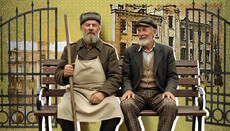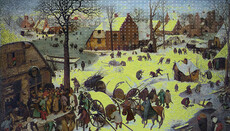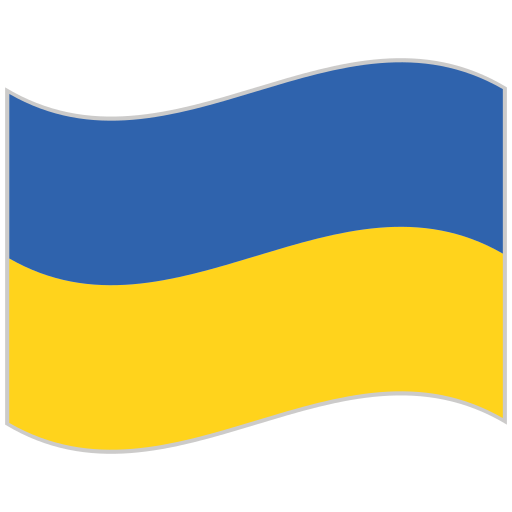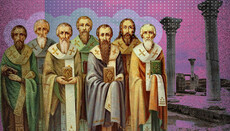St Nicholas the Wonderworker and oranges: 10 interesting facts about saint
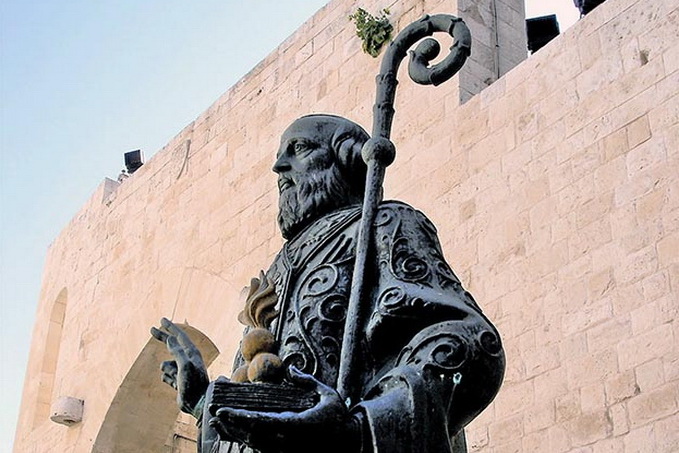
The holiday in honor of the famous miracle worker Saint Nicholas, Archbishop of Myra in Lycia, is always beloved and awaited by all Christians.
For the overwhelming majority of believers, the name of this saint is primarily associated with the miracles that are abundantly bestowed by the Lord upon people through his prayers. The term "Miracle Worker" is what people will first pay attention to when they inquire about the personality of the saint, and only later, and not by all, will they consider his life, his struggle with passions, and the heights of the feats he accomplished.
In second place is the tradition of giving gifts, especially to children, which has become so ingrained in the national consciousness that the second association with the name of the great saint is the word "gift." However, few know that the life of Saint Nicholas, his universal veneration, and even some familiar worldly traditions hold many unknown aspects for both believers and non-believers. Below, we will attempt to present ten of the most remarkable facts, in our opinion, related to the great Miracle Worker.
Fact #1. Nationality and the double-headed eagle. In terms of nationality, Saint Nicholas was most closely related to the assimilated Lycians – the ethnic group that inhabited the southwest of Asia Minor until the 1st century AD, spoke their own language, and had their own writing system. The restoration of his appearance in 2005 and the location of the city where he was born – Patara – support this national origin of the saint. Genetically, the Lycians were closest to the ancient Hittite people, from whom the Byzantines, and later the Russians, would adopt the image of the double-headed eagle as a national symbol.
Fact #2. The First Ecumenical Council. There is no documentary evidence of Saint Nicholas the Miracle Worker’s presence at the First Ecumenical Council. His signature is absent from the list of delegates, and the protocols of the Council have not survived. The established tradition regarding the dispute with the saint and the famous slap to Arius is based on the fact that the number of attendees at the Council varies depending on the source, i.e., the saint could simply have been "lost" in the lists.
Fact #3. The tomb. Besides the city of Bari in Italy, at least three other places claim to be the tomb of Saint Nicholas: two in Turkey and one in Ireland. Since the fall of 2017, Turkish archaeologists have been attempting to prove that the relics of Saint Nicholas never left Anatolia and are still preserved in a 5th-century church in the city of Demre, dedicated to the saint.
Fact #4. Myrrh. The healing myrrh that emanates from the relics of Saint Nicholas has been known since 1087. In 1992, an ancient stone with the Greek inscription "The myrrh-streaming relics of the humble Saint Nicholas" was discovered in one of the churches in Venice. This myrrh, which is referred to as "manna" in Catholic tradition, is a distilled crystal-clear liquid with a pleasant sweet aroma. Some sources report that when placed in a very cold environment, the myrrh does not freeze.
Fact #5. Icon. The image of Saint Nicholas the Miracle Worker is known for its rich iconographic tradition. In terms of the number of known variations of the saint's images, his icons are second only to the iconographic depictions of the Most Holy Theotokos. Among the well-known lists are the images of Nicholas the Wet, Nicholas of Zaraysk, Nicholas of Mozhaisk, and the Chernobyl miraculous icon of Saint Nicholas. The oldest known image of the saint is from the Sinai Monastery of Saint Catherine, dating back to the 10th century.
Fact #6. Sword. One of the most famous and remarkable features of the iconographic depiction of Saint Nicholas is the sword in his right hand. Although this image is characteristic of the so-called image of Nicholas of Mozhaisk (a variation of the iconographic image "Nicholas of Zaraysk"), historians and specialists believe that the saint was first depicted in this manner on statuettes, rather than icons, and associate this with the miraculous deliverance of Mozhaisk from enemy raids in the 14th century. Regardless, the flourishing of this iconographic image in Russia occurred in the 14th-16th centuries. The common interpretation of this feature of the saint's depiction with a sword in hand is in the context of the words of the Apostle Paul "Therefore take up the whole armor of God, that you may be able to withstand in the evil day, and having done all, to stand firm. Stand therefore, having fastened on the belt of truth, and having put on the breastplate of righteousness, and, as shoes for your feet, having put on the readiness given by the gospel of peace. In all circumstances take up the shield of faith, with which you can extinguish all the flaming darts of the evil one; and take the helmet of salvation, and the sword of the Spirit, which is the word of God." (Ephesians 6:14-17).
Fact #7. Cross. In the first third of the 16th century, cross-reliquaries (enkolpions) became particularly widespread in Russia, on which instead of the Crucifixion, Nicholas of Zaraysk was depicted. Currently, such crosses are quite rare finds among archaeologists and antiquity seekers.
Fact #8. The Standing of Zoya. On the evening of December 31, 1955, an event occurred at house No. 84 on Chkalov Street in Samara, which is still considered one of the most famous and at the same time edifying miracles of Saint Nicholas the Miracle Worker. A girl named Zoya Karnaukova, who, unlike her friends, was left alone during the dance (her boyfriend named Nikolai did not come to the gathering), in frustration began to dance with the icon of the saint and froze in place like a statue. In this state, Zoya stood for 128 days and died on the third day of Pascha in 1956. Against the backdrop of the public resonance caused by this miraculous case, in January 1956, the city newspaper "Volzhskaya Kommuna" published a "refutation" "by the decision of the 13th Kuibyshev Regional Party Conference, convened urgently due to religious unrest in the city," which had no substantial basis documented. In 2009, director Alexander Proshkin adapted the story of this event into the film "Miracle."
Fact #9. Saint Nicholas and Buddhists. The veneration of Saint Nicholas extends far beyond the Orthodox world, but also the Christian world in general. Thus, many Buddhists, especially the residents of Buryatia, venerate Saint Nicholas, identifying him with the "White Elder" – the guardian of life and longevity, one of the Buddhist symbols of fertility and prosperity.
Fact #10. Oranges. The Western tradition of decorating Christmas tables with tangerines and oranges and giving the latter as gifts reached the USSR in the late 1960s and was associated with the New Year holidays when exotic Moroccan fruits began to appear in stores (remember Pasternak: Ah, with what beastly longing, trembling like stearin, tangerines illuminated the red wax of the shop windows!). Few know that this tradition is directly connected to the name of Saint Nicholas, and it is not just that Christmas according to the Gregorian calendar and New Year are close to the date of the saint's memory (December 6/19). In fact, the orange (originally it was customary to give three) symbolizes one of the three bags of gold that the saint secretly provided to a poor father of a family so that he would not, out of despair, sell his daughters into prostitution to somehow feed them. Thus, New Year oranges and the Christmas scent of tangerines can now easily be associated with the great servant of God and Miracle Worker Nicholas, Archbishop of Myra in Lycia – the great in the small and the miraculous in the ordinary.
Read the UOJ materials now also in Telegram.

